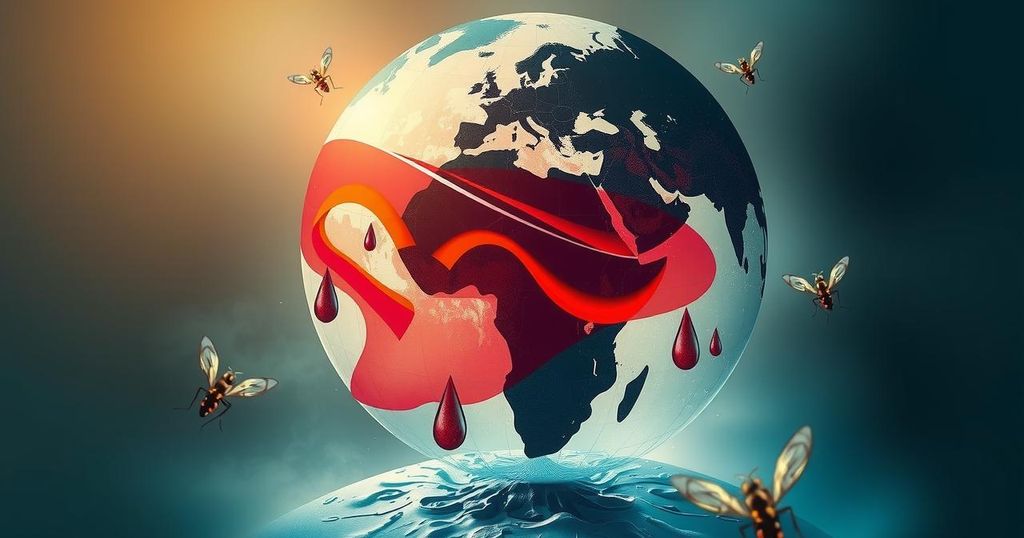Research Reveals Climate Factors Driving Dengue Fever Spread

New research identifies temperature and rainfall as key factors in the global spread of dengue fever. A study led by Professor Kim Jae Kyoung utilized innovative analysis techniques to examine these interactions across different regions of the Philippines. The findings underscore the significance of dry season length in influencing dengue prevalence, offering valuable guidance for public health responses to this mosquito-borne disease.
Recent research conducted by Professor Kim Jae Kyoung and his team at KAIST has revealed how climate factors, specifically temperature and rainfall, significantly influence the spread of dengue fever. This mosquito-borne disease has become a major public health challenge, with dengue cases rising dramatically; from 4.1 million in 2023 to over 10.6 million in 2024 in the Americas, marking the highest figures recorded globally. Although climatic conditions are acknowledged as primary drivers of this increase, their precise effects on mosquito and disease dynamics were not well understood in prior studies, which produced conflicting results regarding the roles of rainfall.
The team employed an advanced method called GOBI (General ODE-Based Inference) to analyze the relationship between weather and dengue fever more effectively. This novel approach allows researchers to understand both nonlinear and combined climatic effects. The study centered on 16 regions of the Philippines possessing varied climates, aiming to assess how temperature and rainfall together contribute to dengue incidence across diverse locations.
Findings indicated that rising temperature consistently correlated with increasing dengue cases across all regions. Contrarily, the influence of rainfall varied; it heightened dengue incidence in eastern areas while suppressing it in western regions. Notably, the duration of the dry season emerged as a pivotal factor affecting these outcomes. In regions with short dry seasons, rainfall generally reduced stagnant water, thereby limiting mosquito breeding sites. However, in areas with significant dry season variability, sporadic rains often facilitated the creation of new breeding sites, leading to higher dengue incidents.
The study’s results underscore the need to monitor dry season length as a predictive measure for potential dengue outbreaks. Consequently, public health strategies can be optimized by adjusting approaches according to specific regional climatic patterns. While the findings advance the understanding of dengue transmission mechanisms, the researchers noted limitations, such as a lack of comprehensive mosquito population data and considerations of socioeconomic factors affecting healthcare access.
CI Kim Jae Kyoung stated, “This research is crucial as it overcomes the limitations of traditional methods for detecting nonlinear relationships and clearly elucidates the complex interactions between climatic variables and infectious diseases through an advanced causal inference algorithm. This approach can also be applied to the analysis of various diseases linked to climate.” Future research involving detailed mosquito dynamics and dengue incidence tracking could enhance the applicability of these findings.
This study contributes significantly to the understanding of how climatic factors influence dengue fever dynamics through careful analysis of temperature, rainfall, and dry season length. By employing new methodologies, it provides actionable insights for public health initiatives aimed at controlling dengue outbreaks. Continued research with comprehensive data will further refine strategies to combat the rise of dengue fever in various environments.
Original Source: www.technologynetworks.com







